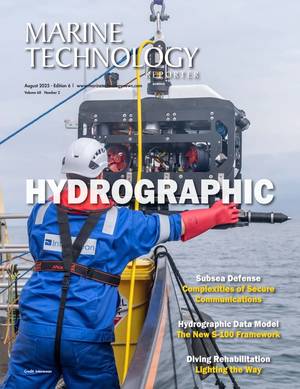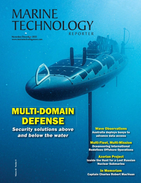Autonomous Temperature-Sensing Technology Monitors Snow, Ice Conditions
Technology capable of monitoring snow and ice conditions in some of the most extreme environments on Earth is now providing solutions to improving safety and infrastructure management in a changing climate.
SIMBA (Snow Ice Mass Balance Apparatus) is an autonomous device that was originally designed as a scientific research tool for polar researchers but is now also being used to help forecast avalanche risk, assess the safety of ice roads, flood risk monitoring and protect energy infrastructure.
The device consists of a thermistor chain that measures temperature and thermal characteristics of the environment. These sensors deliver data in real time, giving detailed information on snow and ice pack conditions in regions and locations where safety is paramount.
In launching its latest version, developer SAMS Enterprise, based in Oban, Scotland, has enhanced SIMBA’s capabilities for a number of commercial applications.
SIMBA units can now be seen across the Arctic and Antarctic, throughout northern Europe and in Canadian mountain ranges, providing data for climate researchers, avalanche forecasters, hydroelectric power companies, engineers, transportation and logistics planners and flood risk evaluators.
Data from SIMBA units has contributed to more than 70 peer-reviewed research papers to date and 28 units were used on the MOSAiC expedition, billed as the largest polar expedition of all time.
In Canada, SIMBA units have been deployed as part of The Churchill River Monitoring project, which was established after a flood caused by an ice jam at the outlet into Goose Bay required the evacuation of a nearby community. The units autonomously return data every 6 hours, minimizing the risk to people by reducing the number of visits onto the ice.
In the Cairngorm mountains, Scotland, SIMBA units are used to assess the snow depth, consistency and the rate at which it melts in order to provide data for avalanche forecasters.

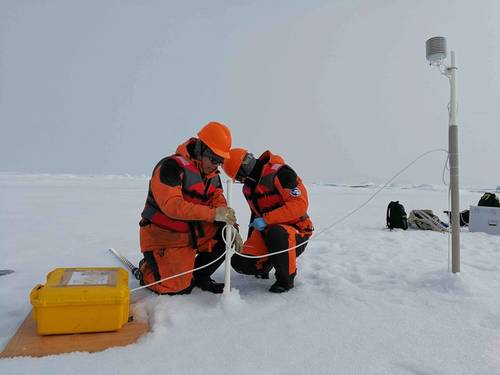
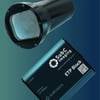

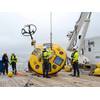
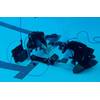
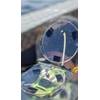







 August 2025
August 2025
